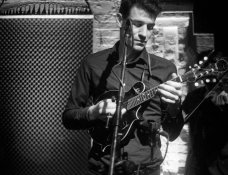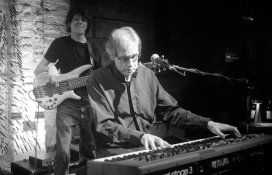Lachlan Young
Member
Delta 400 underwent a significant revision about 20 years ago - which seems to have slipped by people who probably haven't used it in the intervening - part of which was to improve its latitude to underexposure.
@Lachlan Young, That's interesting to hear. I used this film in the mid to late 90's, and haven't touched it until a few years ago. I just ran a push test (out of curiosity) the other day. First glance of the negatives, they look very similar to the HP5 negs I shot along with it.
The summary I recall was to the effect that Delta 400 Professional was sharper, had better underexposure latitude, better image quality when developed to higher G-Bar/ average gradients and was able to use a wider array of developers (presumably less sensitive to people being intent on using non-solvent developers with it) compared to Delta 400.
It’s not better than TMax 400. I’ll almost swear to that.
And HP5 pushes better than Delta 400. Delta 400 is good, but to me it is an also ran version of TMY.
I've found that Delta 400 has a better spectral sensitivity for what I need than 400TMY-II.
Delta 400 and Tmax 400 both aim to improve on the HP5+/ 400TX/ 4142 Super-XX nexus in slightly divergent ways. Demanding that there be a 'winner' is pointless.





 PM me. I'm at home taking it easy today. No darkroom work...
PM me. I'm at home taking it easy today. No darkroom work...







